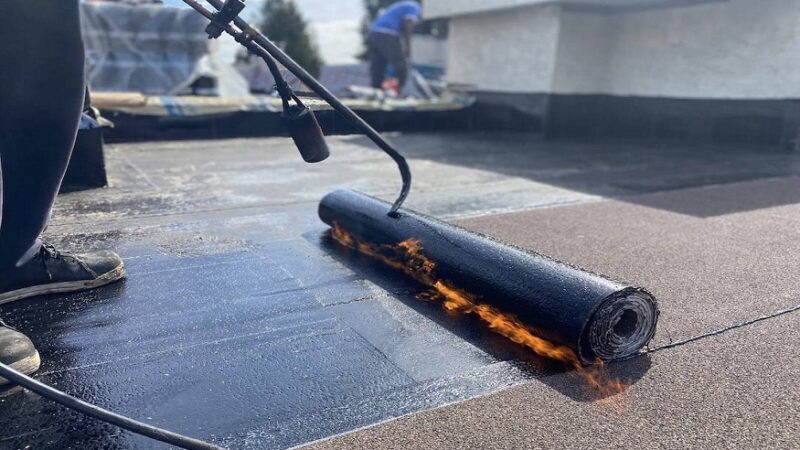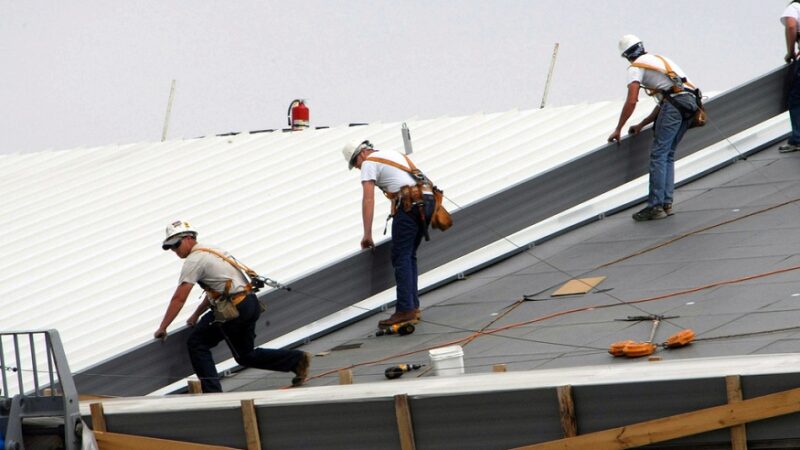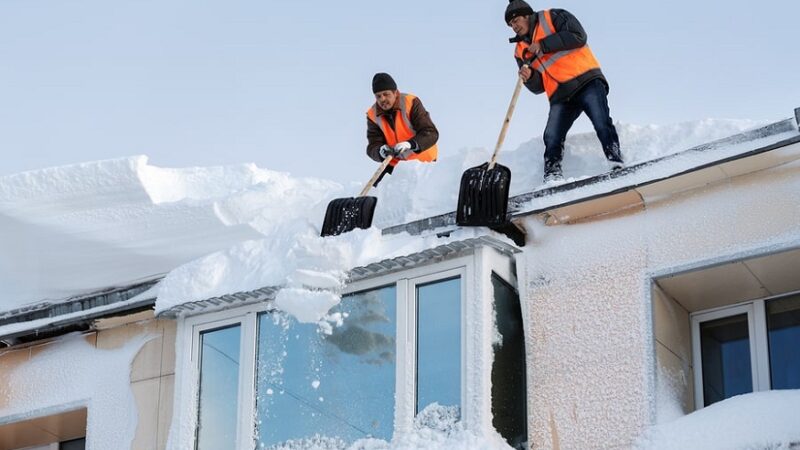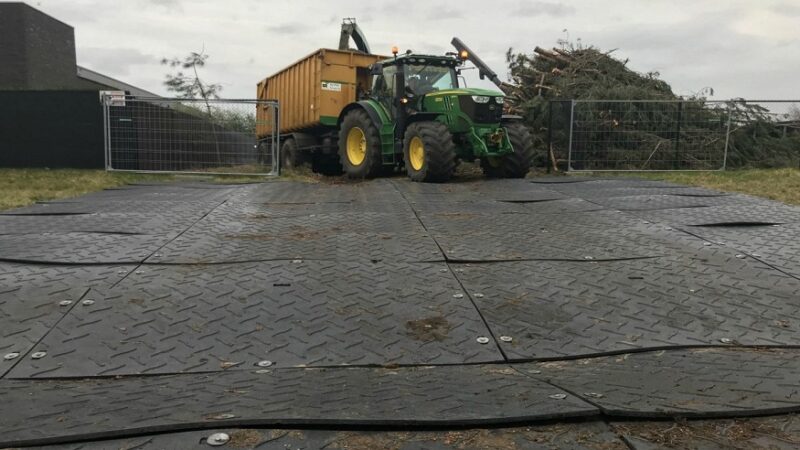How Often Should You Check the Condition of Your Roof?
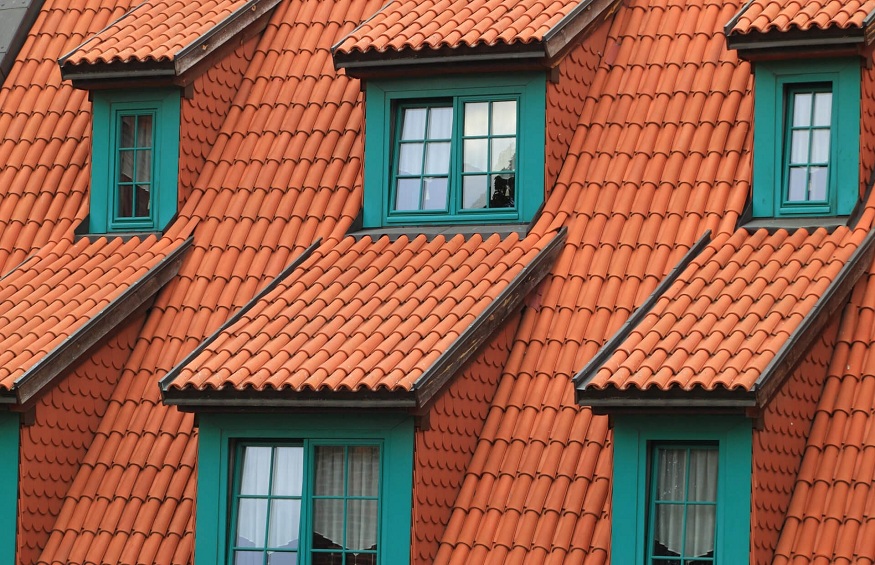
A roof is a major investment in your home, and maintaining it in excellent condition is key. A well-maintained roof enhances security and helps avoid water infiltration to your home interiors. But how often should you check it for damage or wear and tear? If your roof is strong enough, you may not think about this often. But roof inspection is essential for determining any issues with your top, enabling prompt repairs.
How often should you inspect your roof?
Regularly checking the condition of your roof is essential to maintain its structural integrity. You should conduct roof inspections at least once yearly, preferably before and after major weather seasons such as summer and winter.
However, your roofing material matters and some may require more frequent inspection, particularly those exposed to extreme temperatures or storms. During the inspection, you should examine for any loose shingles, rot, rust, insect infestation, and other signs of wear and tear.
A specialist roofing company will also examine the flashing or caulking around the edges for gaps or damage that can lead to water infiltration. Inspecting your roof regularly and ensuring it stays in perfect shape enhances its aesthetic appeal and durability. There are different types of roofs, and the duration may vary.
Metal roofs
Metal roofs are becoming increasingly popular due to their durability and low maintenance needs. However, they require regular inspection to remain in top shape. Metal roofs should be inspected at least once a year. Doing this helps identify and address any issues before they become major problems. During the inspection, you should check for any signs of wear or damage; these include
- Rusting
- Dents
- Cracks
- Other structural damage
Shingle roofs
Inspect your shingle roof twice yearly and check anything that requires professional help. Do this during the spring and fall, and make it a routine. You should look out for several things during a roof inspection that can help identify any potential problems.
These may include;
- Curled or split shingles.Loose, broken, or missing shingles.
- Exposed or popped nails.
- Signs of missing caulk
- Rusty metal flashing.
- Damaged or missing flashing.
Ceramic tile roof
Conduct a DIY check every six to twelve months, and do this mostly after major weather changes such as strong storms and rains.
What to look out for;
- Broken or cracked tiles
- Cracked ridge cappings
- Split flashings on gables
- General deterioration of tile surface, this includes fading, wearing out, or discoloration
Why conduct roofing inspection?
A roof inspection identifies potential problems before they become more serious and costly. It helps prevent water damage to your home’s interior and lets you spot signs of wear and tear on your top.
A roof inspection will also ensure that all components are securely fastened and sealed against weather elements. It checks for signs of corrosion or other structural damage caused by weather exposure. Moreover, roof inspect locates areas where insulation may be inadequate, leading to high energy bills.
Conclusion
Roof inspection helps maintain your roof in excellent condition and will avoid costly repairs that can be avoided. Have a professional examine your roof regularly and fix any issues promptly. However, only engage skilled roofers with experience handling your type of roof.

